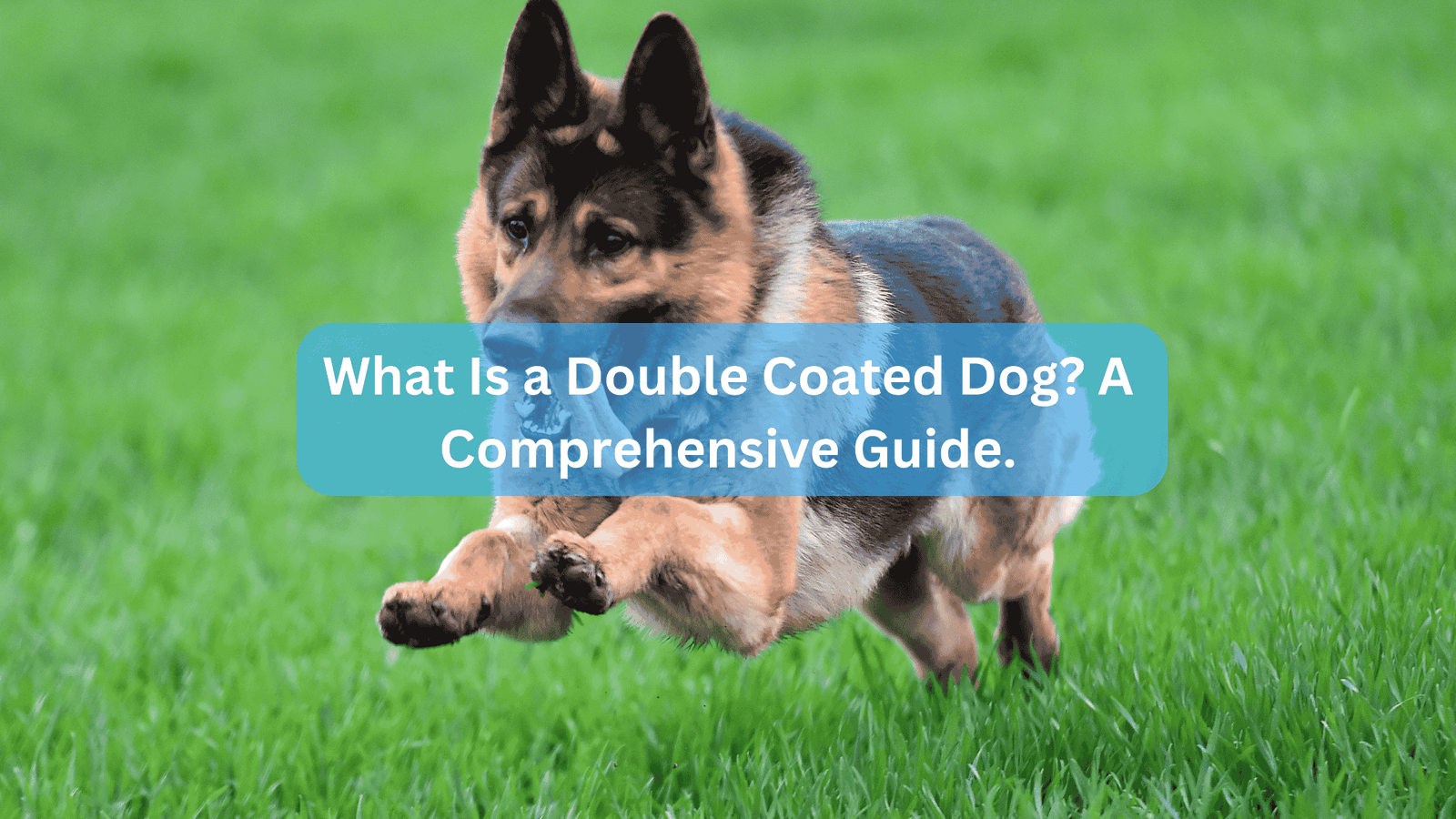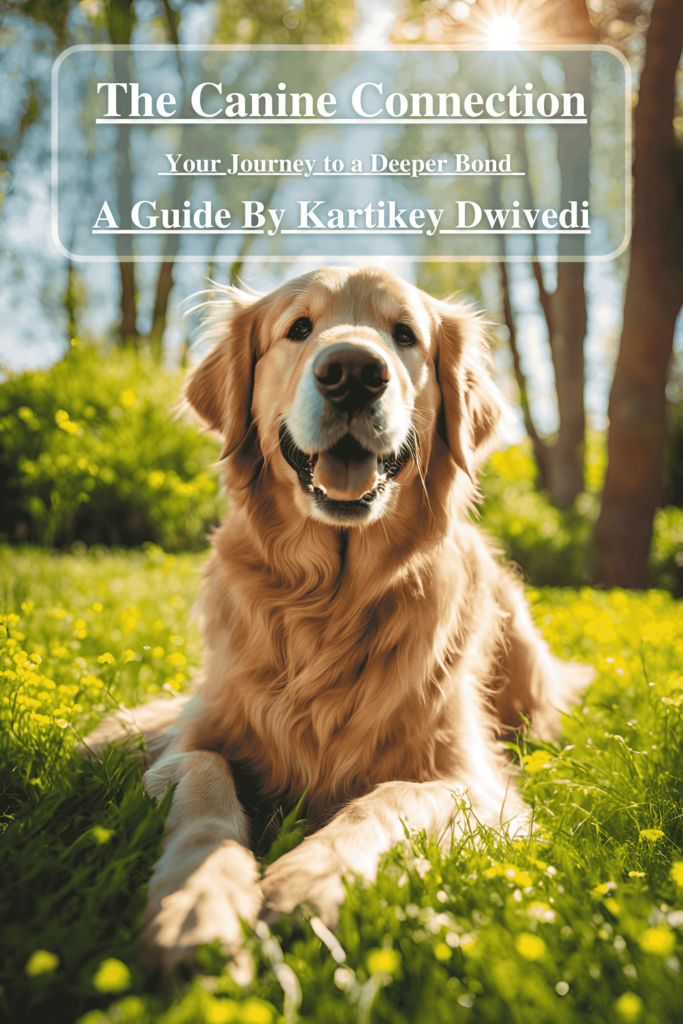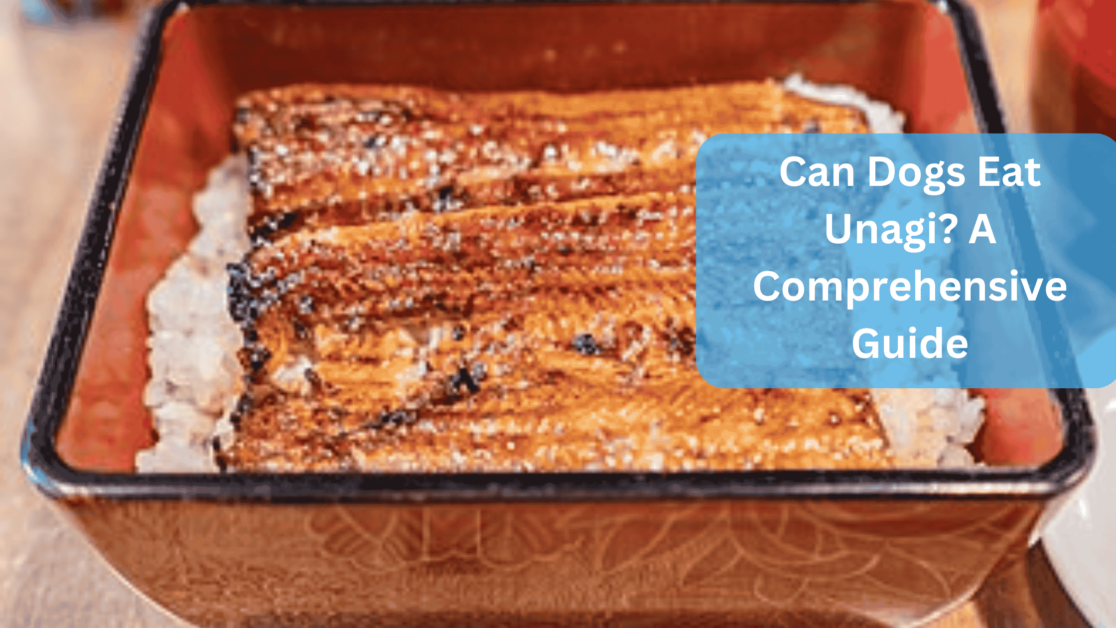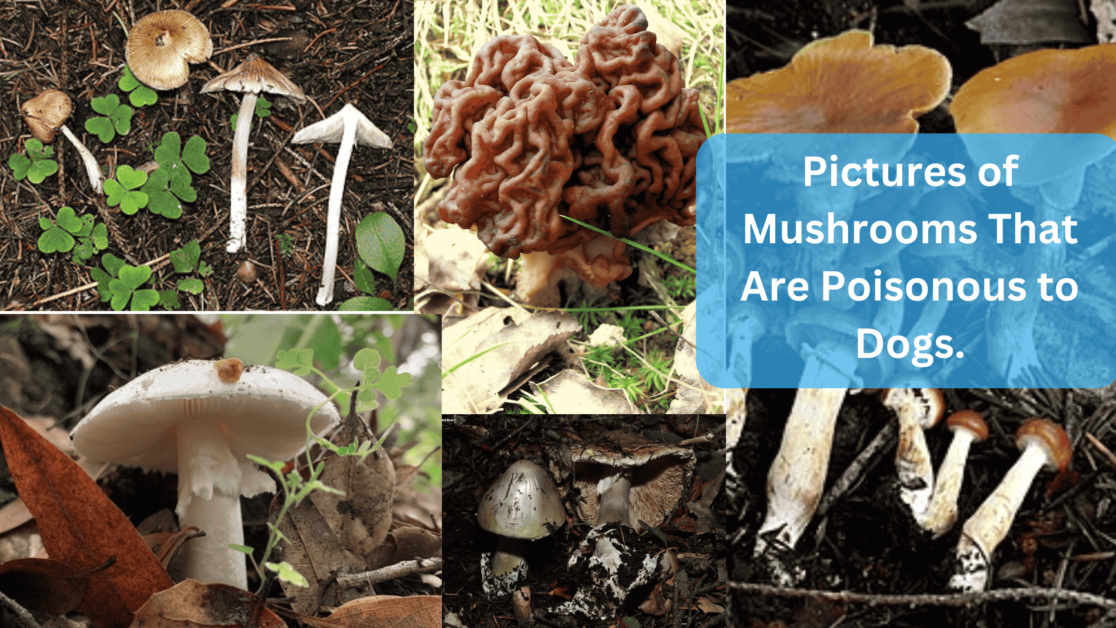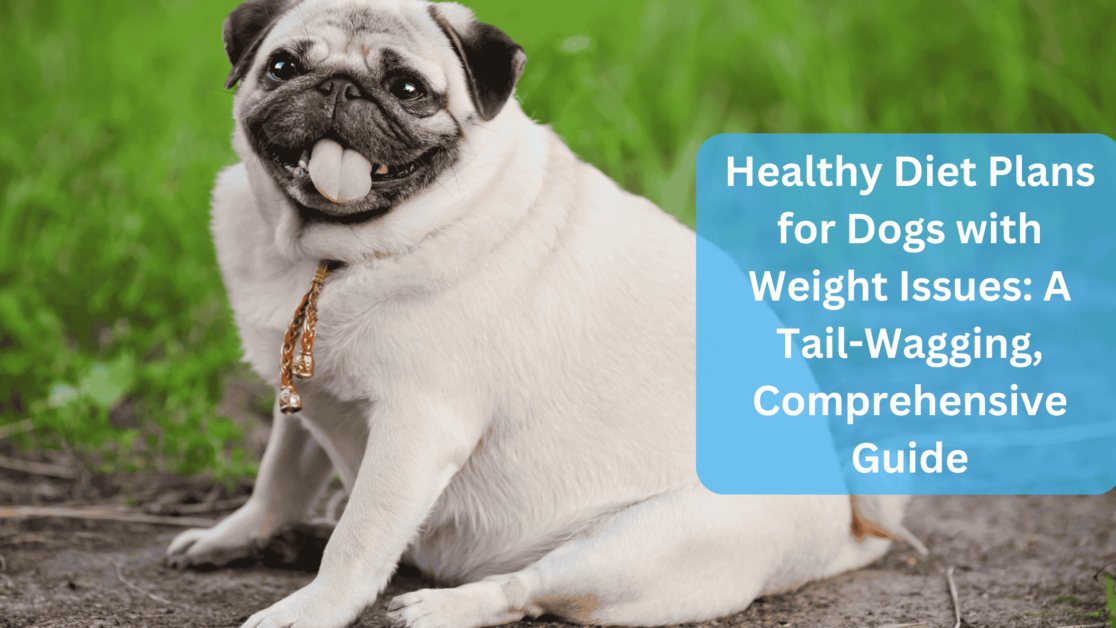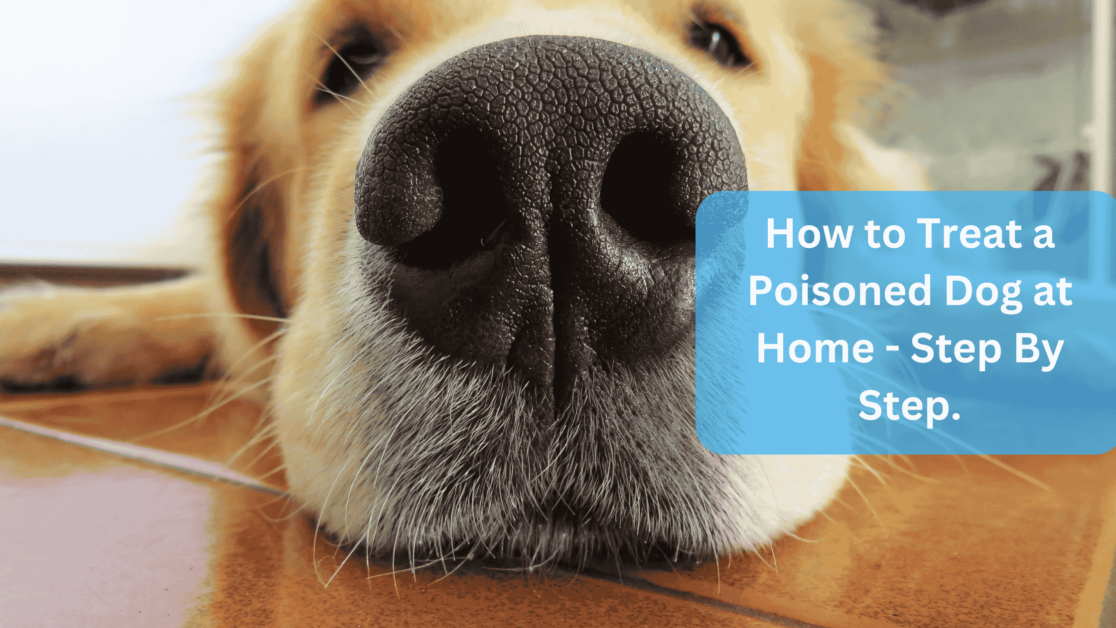Understanding your dog’s coat type is essential for proper care and grooming, especially when it comes to double-coated breeds. But what is a double coated dog?
These dogs possess a unique fur structure that includes both a soft undercoat and a protective topcoat, providing insulation and shielding against the elements.
In this article, we will explore the characteristics of double-coated dogs, how to identify them, their grooming needs, and the benefits of their distinctive coats.
Whether you’re a seasoned dog owner or a new pet parent, this guide will equip you with the knowledge to care for your double-coated companion effectively.
What Is a Double Coated Dog?
A double-coated dog is a breed that has two layers of fur: a soft, insulating undercoat and a coarser, protective topcoat.
This unique coat structure serves essential purposes, such as temperature regulation and protection against environmental elements.
The undercoat is typically dense and fluffy, while the topcoat consists of longer, stiffer hairs that repel water and dirt.
Understanding what a double-coated dog is can help owners provide better care and grooming for their furry companions.
How Do You Know If a Dog Is Double-Coated?

To identify if a dog is double-coated, you can perform a simple test:
- Part the Fur: Gently separate the fur to reveal the undercoat. If you notice a soft, dense layer beneath the longer outer hairs, your dog is likely double-coated.
Common breeds that possess a double coat include:
- Siberian Husky
- German Shepherd
- Golden Retriever
- Labrador Retriever
- Akita
- Chow Chow
- Pomeranian
What Is the Difference Between a Single Coat and a Double Coat Dog?
The main difference between single-coated and double-coated dogs lies in the number of fur layers:
- Single-Coated Dogs: These breeds have only one layer of fur, which is typically longer and may require more grooming to maintain. Examples include Chihuahuas and Poodles.
- Double-Coated Dogs: These breeds have both an undercoat and a topcoat, providing better insulation and protection against the elements. They tend to shed more, especially during seasonal changes, as they “blow” their undercoats.
| Feature | Single-Coated Dogs | Double-Coated Dogs |
|---|---|---|
| Fur Layers | One layer | Two layers (undercoat and topcoat) |
| Shedding | Less frequent | More frequent, especially seasonally |
| Temperature Regulation | Less effective | Highly effective |
What Are the Main Benefits of a Double Coat in Dogs?
The main benefits of a double coat in dogs include:
- Insulation: The double coat helps regulate body temperature, keeping dogs warm in cold weather and cool in hot weather.
- Protection: The topcoat shields the skin from environmental hazards, such as dirt, debris, and UV radiation.
- Water Resistance: The topcoat repels water, helping dogs stay dry and comfortable in wet conditions.
- Shedding: Double-coated dogs naturally shed their undercoat, which helps regulate their body temperature and prevent overheating.
Which Dog Breeds Have the Thickest Double Coats?
Some dog breeds with the thickest double coats include:
- Chow Chow
- Samoyed
- Malamute
- Bernese Mountain Dog
- Great Pyrenees
- Newfoundland
- Keeshond
These breeds are particularly well-suited for cold climates due to their dense, insulating coats.
How Does the Undercoat Help Double-Coated Dogs in Winter?
The undercoat plays a crucial role in keeping double-coated dogs warm during the winter months. It acts as a natural insulator, trapping air close to the body and preventing heat loss.
The undercoat also helps to regulate body temperature, allowing dogs to stay comfortable in a wide range of cold conditions.
What Happens If You Clip a Double-Coated Dog?
Clipping a double-coated dog can lead to several issues:
- Overheating: The double coat helps regulate temperature; removing it can make dogs more susceptible to overheating.
- Skin Damage: Shaving exposes the skin to harmful UV rays, increasing the risk of sunburn and skin cancer.
- Coat Regrowth Issues: The topcoat and undercoat grow at different rates, which can result in an uneven or patchy coat. It may take up to two years for the coat to fully regrow, and it might not return to its original texture.
- Dermatological Problems: Shaved skin can lead to irritations, ingrown hairs, and increased vulnerability to parasites like fleas and ticks.
Why Can’t You Shave a Double-Coated Dog?
Shaving a double-coated dog is generally not recommended for several reasons:
- Temperature Regulation: A double coat helps keep dogs cool in summer and warm in winter. Shaving disrupts this natural insulation.
- Skin Protection: The coat protects the skin from sun exposure and environmental hazards. Without it, dogs are more prone to skin issues.
- Coat Damage: Shaving can permanently alter the coat’s growth cycle, leading to long-term grooming challenges and potential health issues.
What Are the Common Grooming Challenges for Double-Coated Dogs?
Double-coated dogs require regular grooming to maintain their coat health and prevent matting. Some common grooming challenges include:
- Shedding: Double-coated dogs shed heavily, especially during seasonal changes, which can be time-consuming to manage.
- Matting: The undercoat can easily mat, especially in areas where the coat rubs against the body, such as the armpits and behind the ears.
- Tangles: The longer topcoat can tangle easily, particularly if not brushed regularly.
- Bathing: Double-coated dogs require careful bathing to avoid stripping the coat of its natural oils and causing dryness.
- Drying: Drying a double-coated dog after bathing can be time-consuming due to the thickness of the coat.
How Short Can You Cut a Double-Coated Dog?
If grooming is necessary, it is advisable to avoid cutting the fur too short. A light trim of the topcoat can be done, but it should not go below the line of the undercoat.
This method, known as a “silhouette trim,” allows for a neat appearance while preserving the coat’s protective qualities.
In cases of severe matting, clipping may be the only option, but it should be done with caution and ideally under the guidance of a professional groomer who understands the risks involved.
Also Read: How Often Should You Bathe a German Shepherd? Best Guide.
Also Read: The Best Low Maintenance Dog Breeds for Seniors
Conclusion
In conclusion, understanding what a double-coated dog is and how to care for them properly is crucial for their health and well-being.
Regular grooming and avoiding shaving can help maintain their natural coat structure and protect them from various health issues.
Sources:
- https://www.dispatch.petfinn.com/blog/articles/single-and-double-coated-dogs
- https://www.chicagodogtrainer.com/about/blog/144-single-and-double-coated-dogs-what-s-the-difference
- https://fonjonpetcare.com/shaving-dogs-for-summer-the-difference-between-double-and-single-coated-dogs/
- https://www.akc.org/expert-advice/dog-breeds/double-coated-dog-breeds/
- https://www.scenthound.com/dogblog/whats-double-coated-dog
- https://www.reddit.com/r/dogs/comments/iic8db/help_how_to_tell_if_dog_is_single_coated_or/
